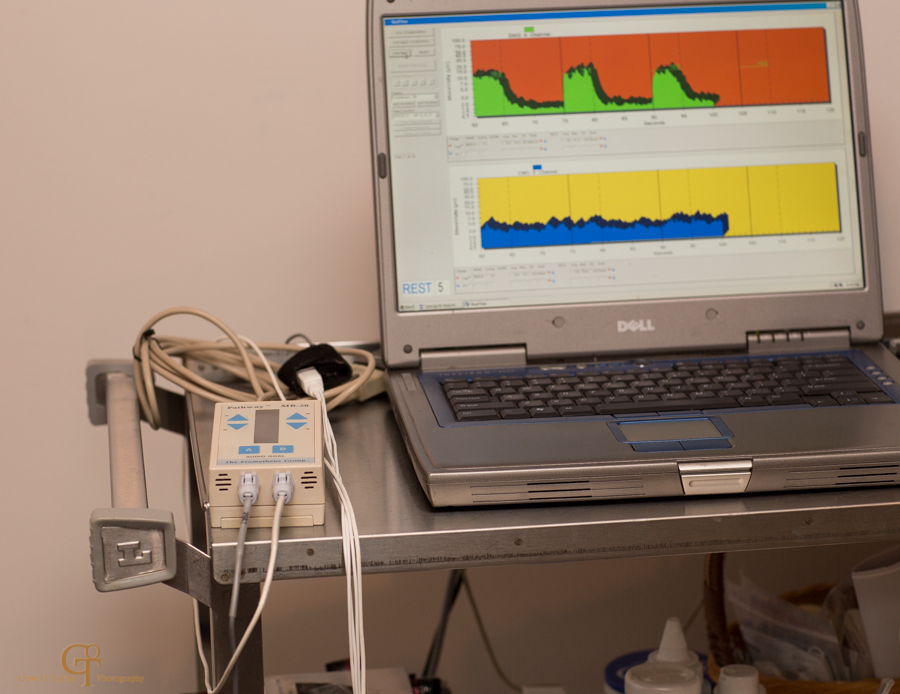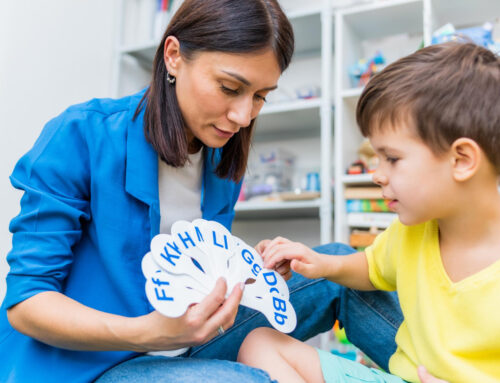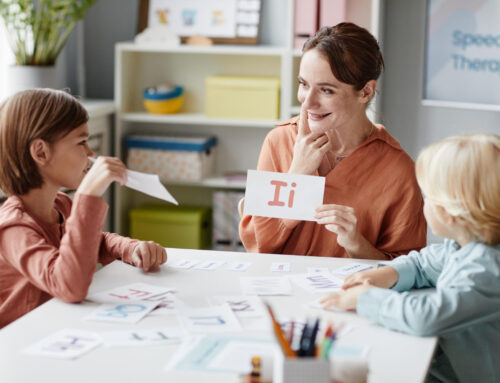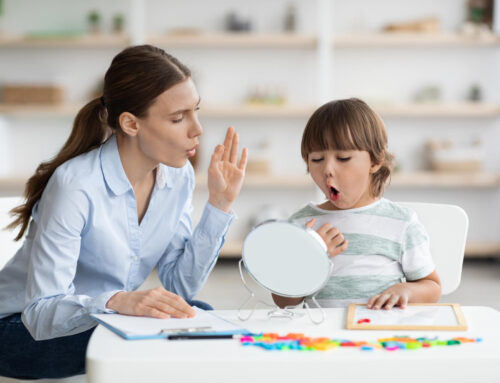
-
- Biofeedback therapy is a technique used to teach a person how to control functions of their body, specifically the ones that you can’t voluntarily control such as heart rate, respiration, blood pressure, etc. Biofeedback therapy is typically provided via specialized machines with sensors that can tell a person about what their own body is doing under various circumstances (Mayo Clinic, 2018). Researchers are still unsure about why biofeedback works for some children and adults. All they know is that it can work, and that it “promotes relaxation, which can help relieve a number of conditions that are related to stress” (WebMD, 2018).
Clinical professionals who often specialize in biofeedback therapy include nurses, physical therapists, and occupational therapists to name a few. Biofeedback techniques involve the use of unique equipment that is usually comprised of sensor attachments and a monitor. The monitor picks up whatever information the sensors scan about the body, which varies depending on where the sensors are attached. Sensors can be attached to the head, the abdomen, specific muscle groups, hands, feet, or chest detecting specific functions (i.e., breathing rate, skin temperature, heart rate, etc.). Therapists are very deliberate about where to place the sensors because different placements treat different conditions.
Combined with the sensor placement, the patient is taught certain techniques on how to relax and how to control otherwise uncontrollable body functions. Biofeedback has been used to treat the following physical and mental conditions in children and adults:
- Anxiety or Stress
- Asthma
- Attention Deficit Hyperactivity Disorder (ADHD)
- Chemotherapy Side Effects
- Chronic Pain
- Constipation
- Fecal Incontinence
- Fibromyalgia
- Headache
- High Blood Pressure
- Irritable Bowel Syndrome (IBS)
- Motion sickness
- Raynaud’s Disease
- Ringing in the Ears (tinnitus)
- Stroke
- Temporomandibular Joint Disorder (TMJ)
- Urinary Incontinence (Mayo Clinic, 2018)
Biofeedback therapy can and has been used in a private home setting. However, there are some steps that parents’ caregivers should take before independently taking on biofeedback sessions with their child at home. Thanks to the ease of access provided by the internet, biofeedback equipment can be easily purchased online without authorization from a clinical professional. It would be in the parents’/caregivers’ and the child’s best interests to use biofeedback appropriately and safely:
- Research and consult with an outpatient professional who specializes in biofeedback therapy: Search for clinicians in your area who specialize in biofeedback therapy in an outpatient setting. Make sure to review their credentials and their certifications. Biofeedback can be practically used by anyone, so make sure you access a clinician who has completed specialized training in biofeedback therapy.
- Consult with your health insurance company: Due to the lack of empirical research, most insurance companies (federal and private) will not cover biofeedback therapy in any setting. Sometimes, if you look hard enough, there will be exceptions but realize that you will most likely be paying for biofeedback therapy out-of-pocket.
- Attend regularly if recommended: If your child requires a certain schedules amount of sessions, make sure that you as the parent are in attendance. That way, you are well aware of what goes into biofeedback sessions and how to translate it for home use.
- Be proactive about education: Ask questions and get your questions answered. It is very simple to use biofeedback therapy machinery on your own at home. However, it’s more complex to use the equipment properly, safely, and effectively.
- Introduce biofeedback sessions per the professional’s recommendation: Consult with your clinical professional before starting biofeedback therapy sessions in your own home. Be very clear about what kind of equipment needs to be purchased, how often and regularly sessions should take place, what relaxation tips to use that best works for your child, etc.
REFERENCES
- Biofeedback. (2018). Mayo Clinic. https://www.mayoclinic.org/tests-procedures/biofeedback/about/pac-20384664. Viewed on July 30, 2018.
- Overview of Biofeedback. (2018). WebMD. https://www.webmd.com/a-to-z-guides/biofeedback-therapy-uses-benefits#1. Viewed on July 30, 2018.
- Biofeedback therapy is a technique used to teach a person how to control functions of their body, specifically the ones that you can’t voluntarily control such as heart rate, respiration, blood pressure, etc. Biofeedback therapy is typically provided via specialized machines with sensors that can tell a person about what their own body is doing under various circumstances (Mayo Clinic, 2018). Researchers are still unsure about why biofeedback works for some children and adults. All they know is that it can work, and that it “promotes relaxation, which can help relieve a number of conditions that are related to stress” (WebMD, 2018).





